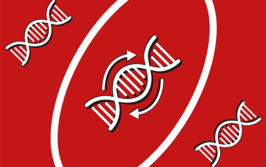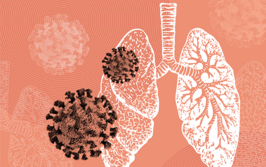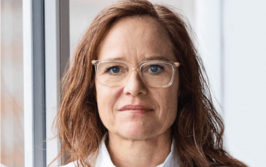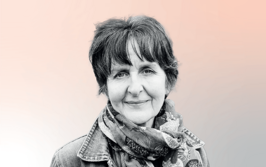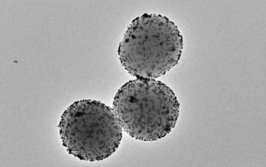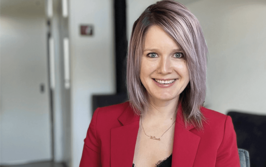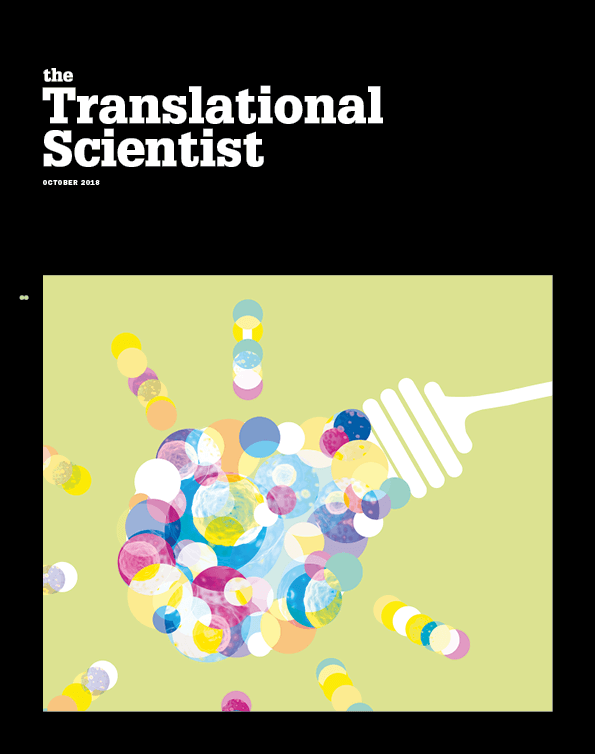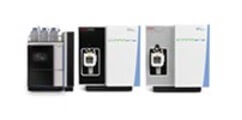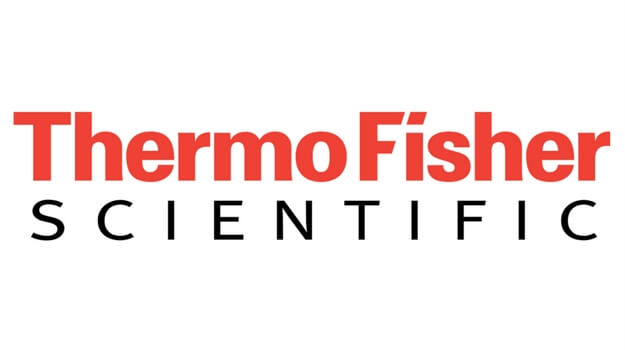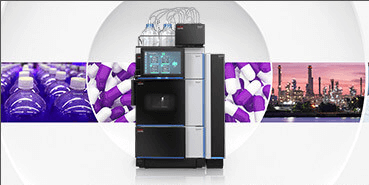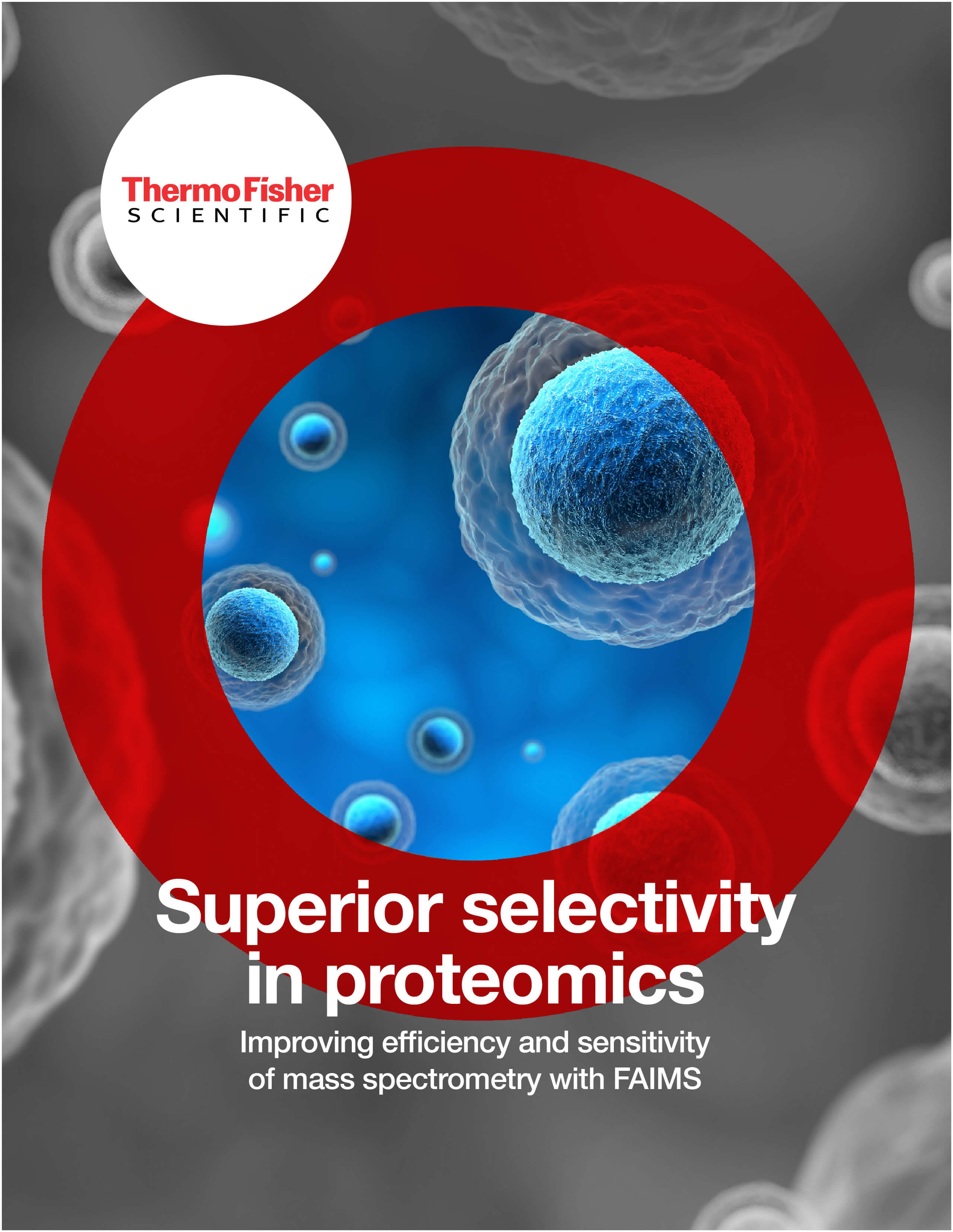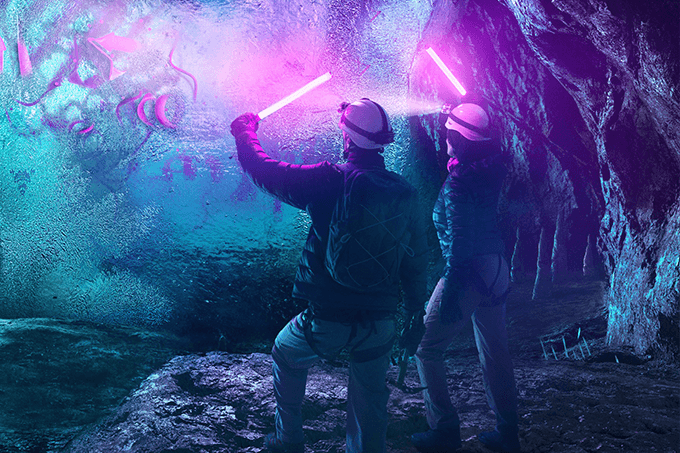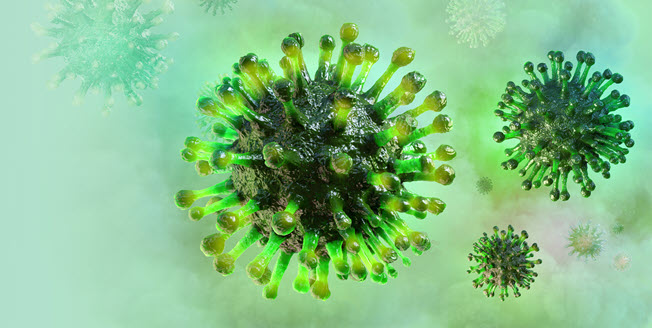Solving the Big Problems
Sitting Down With… Stephen Quake, Lee Otterson Professor of Bioengineering and Professor of Applied Physics at Stanford University and co-President of the Chan Zuckerberg Biohub, Stanford, USA
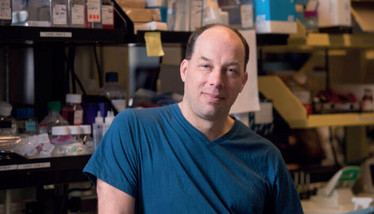
Did you always plan to work in bioengineering?
My career in bioengineering actually unfolded accidentally. I originally trained in physics, but I was always interested in the boundaries between physics and biology, and particularly in the development of new measurement techniques. And that led somewhat naturally into my role in the bioengineering department – I was recruited to help build and lead it.
You have been involved in a number of different projects – which has been your favorite?
I like to measure my work in terms of its impact and, in that regard, I think my research on noninvasive prenatal testing (NIPT) is some of the most significant thus far. Previously, invasive techniques, such as amniocentesis, were used for prenatal diagnosis in pregnancies at risk of single-gene disorders. However, building on the discoveries of Mandel and Metais in 1948 that cell free DNA exists in the blood, and then of Dennis Lo and colleagues in the 1990s who showed definitively that fetal DNA circulates in the mother’s blood, we developed the first noninvasive diagnostic test for Down's syndrome and aneuploidies. We have also been able to monitor the developmental gene expression program and sequence the genome of the fetus noninvasively.
The reason I felt compelled to develop these noninvasive tests wasn’t chance; it was derived from my own experience of becoming a parent. When I saw my wife and unborn daughter go through amniocentesis, I was thinking, “Jeez, we’re risking the life of our baby to ask a diagnostic question; that doesn’t seem right.” Now, versions of this test are available around the globe – in 2014, approximately one million women received some form of NIPT. Amniocentesis rates are plummeting as a result, meaning that the test is saving thousands of lives each year.
How hard is it to develop diagnostic tests using circulating tumor DNA?
It depends on the stage of the disease for which you’re developing the test. Many companies are trying to commercialize the great academic work that has been completed – for example, on mutational burden – and they are making good progress; there are a few tests now on the market. My own research has focused on the epigenetic properties of tumors and how they’re reflected in the blood. From there, you can gain a great amount of information about the biology of the tumor, such as its tissue of origin.
Another part of our work (which we stumbled into accidentally) is the use of circulating cell-free DNA (cfDNA) to monitor the microbiome. When we were working on using cfDNA to reveal information about organ transplant rejection, one of my postdocs realized that not all of the DNA he was sequencing was human. He eventually worked out that some of the cfDNA in the blood is derived from the microbiome, which is a phenomenon that can be used as a tool for the diagnosis of infectious disease. I think this is a really cool application that holds a great deal of promise.
What are your next targets?
I’m excited about the work we’re doing in preterm birth. After more than half a decade of shoulder to the wheel we’ve finally cracked it open with the introduction of a cell-free RNA test that detects, with 75–80 percent accuracy, whether a pregnancy will result in premature birth. Despite great promise, we’re actually at the beginning of that story – although we have a proof-of-principle technique, we need to complete much larger studies to validate the results for clinical use. I also think there is great potential for the application of cell-free RNA tests to cardiometabolic disease. This area of research is only in its infancy, so there is much work to be done.
How do you see diagnostics changing in the future?
I believe we’re going to see a big shift in the coming years; patients will become directly engaged with test selection and viewing the results and play a more active part of the diagnostic process. Patients won’t settle for simply receiving wisdom but will instead pepper their physicians with questions. I don’t know anyone in this age who, once given a diagnosis, doesn’t go straight to Google to discover more. The whole process will fundamentally change – and the medical establishment will need to factor this shifting dynamic into the way they interact with patients in the future.
Reflecting on your own career, what advice would you give to others?
I’ve been lucky enough to have a very fortunate and blessed career; although it has had its twists and turns, there isn’t anything that I would want to go back and change. When I speak to young people at the start of their careers, I always give them the same piece of advice: identify the big problems and seek a solution; life is too short to solve small problems.
While completing my undergraduate degree in Biology, I soon discovered that my passion and strength was for writing about science rather than working in the lab. My master’s degree in Science Communication allowed me to develop my science writing skills and I was lucky enough to come to Texere Publishing straight from University. Here I am given the opportunity to write about cutting edge research and engage with leading scientists, while also being part of a fantastic team!
